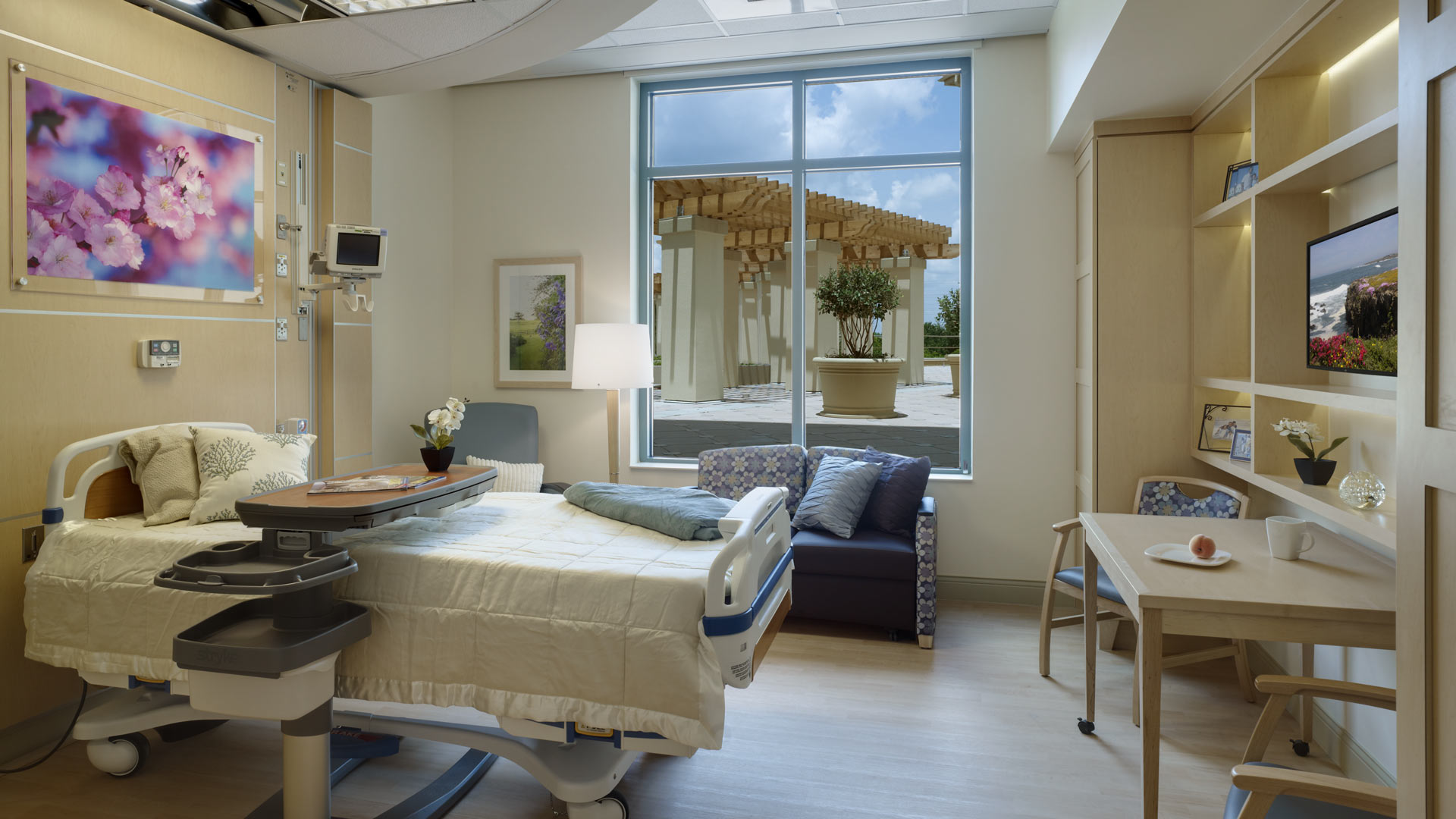Since the pandemic mental health issues are on the rise. During the month of May, we take pause to bring awareness to mental health by recognizing that designing spaces to support mental health is just as important as designing for medical care. Our in-house medical planners use evidence-based principles to create spaces that reduce stress and keep people comfortable and engaged in the treatment process.
Here are a few things to consider:
Create entries that are friendly and welcoming. Entries with open lobbies, natural light, and visually interesting features and fixtures can make patients and visitors feel welcome.
Use interior design elements to create a non-institutional environment. Warm colors, textures, and natural materials, such as cultured stone and wood inspire well-being and create a home-like feeling that encourages calmness. Keeping safety in mind, eliminate ligature points, sharp edges, and the potential to create weapons out of materials.
Provide open spaces that promote social distancing. Tight spaces and overcrowding can cause anxiousness. Instead, design open corridors and provide open-concept dining opportunities that give patients breathing room.
Connect people with nature. Access to exterior courtyards and gardens provides fresh air and creates a relaxing and therapeutic atmosphere.
Use artwork and lighting to convey harmony and support wayfinding. Integrating imagery of nature, water features, natural light, and soft indirect lighting conveys a peaceful and harmonious spa-like environment that promotes healing, reduces stress, and supports wayfinding.
Design open centralized behavioral health staff stations for observation, communication, and security controls. Open centralized staff stations provide a secure area with lines of sight into patient areas and access to security controls while giving patients a sense of normalcy for communication in a stress-free environment which has been proven to improve patient outcomes.



